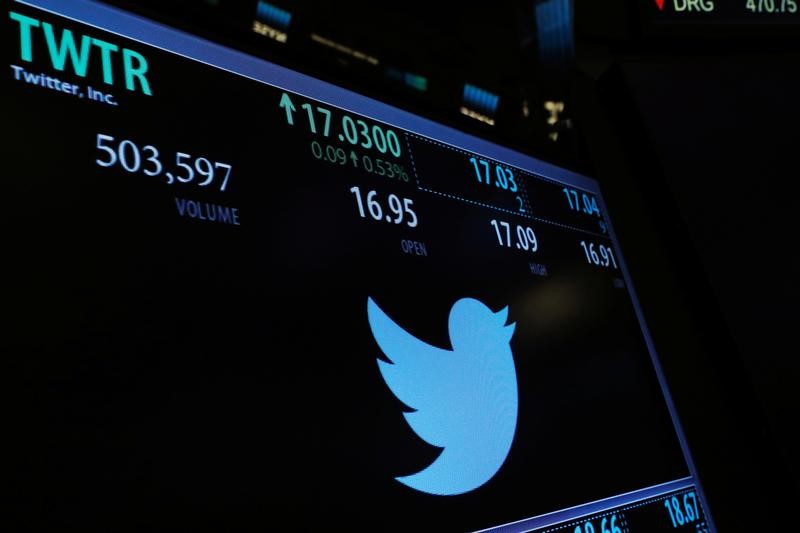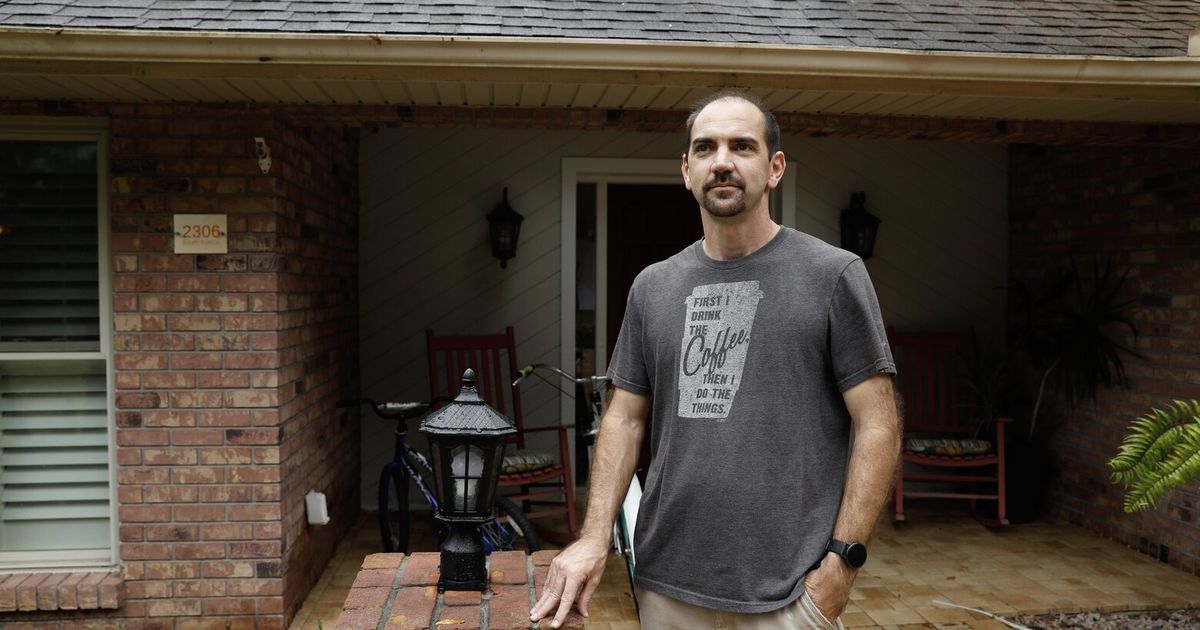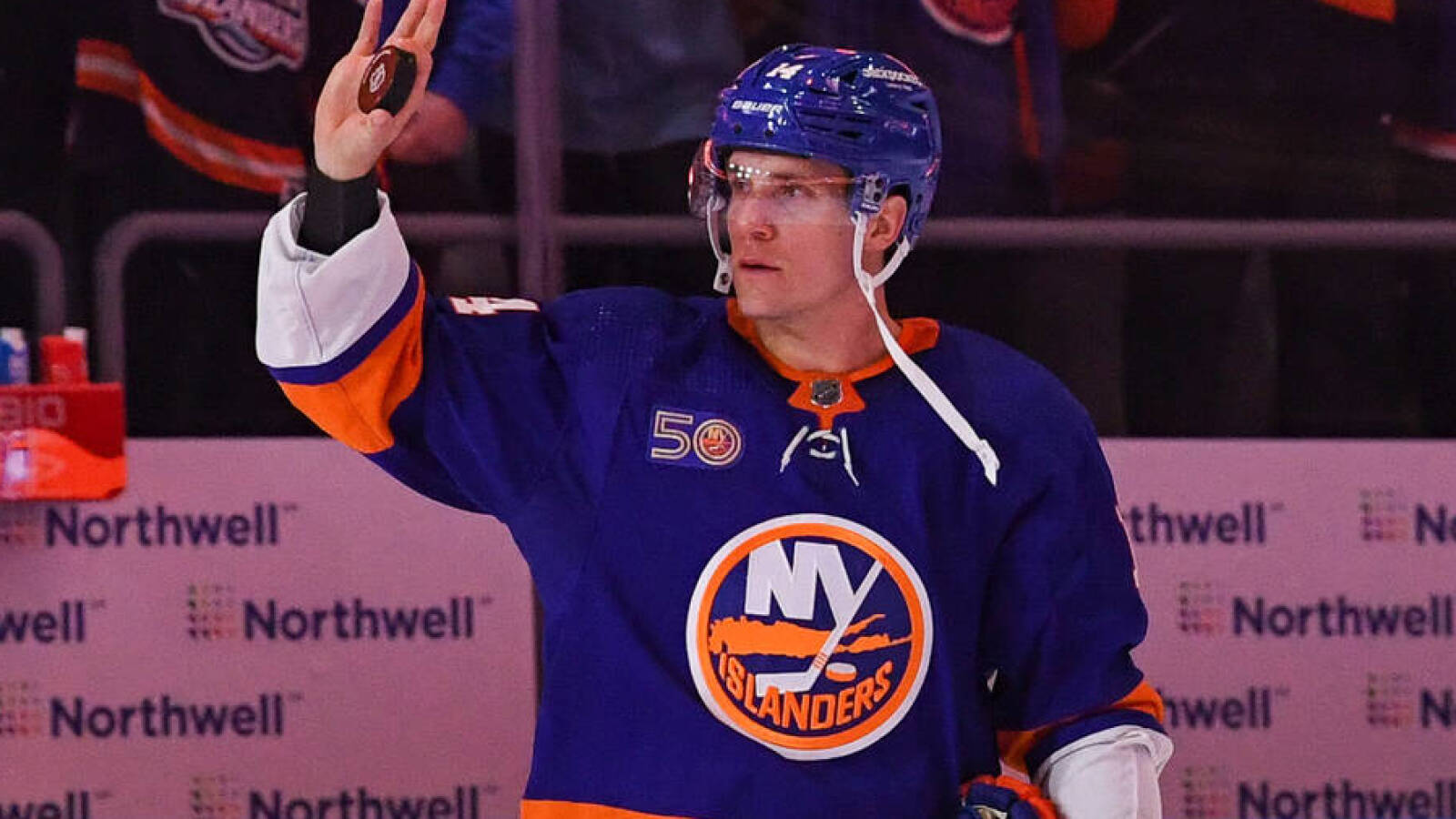And the world’s biggest soft drinks company has just demonstrated the truth of another cliché – when it comes to marketing, size trumps purchasing power. Sprite, its carbonated, lemon-lime flavoured fizzy drink, has become the cola giant’s second billion-dollar brand in India, after Thums Up, the home-grown cola brand it acquired to pave the way for its return to India after a brief exit during the socialist Janata regime.
“Sprite has grown to become a billion-dollar brand in the market, driven by the success of locally adapted, occasion-based global marketing campaigns and screen time,” Coke CEO James Quincy told analyst during a recent quarterly earnings call. Quincy also admitted that Coke’s worldwide volume growth came largely from India, China and Mexico. In the Asia-Pacific region, which Coke defines to include India, volumes grew 9 per cent in the quarter ended September 30, 2022. Almost all of this came from India and China, the two biggest markets in the region by population.
You might also like
Does RBI need to listen to IMF on forex?
Centre may revamp Trai, give it more teeth
What’s worrying Kotak Mahindra Bank investors
Watch the gaps in insurance for mental illness
In fact, Coke’s India journey also demonstrates the truism of another cliché about India – that when it comes to food, Indians may flirt with global cuisines but it is Indian flavours which rule Indian hearts and stomachs. Its global portfolio of brands – Coke and Fanta – trail far behind the ‘Indian’ brands in its portfolio – Thums Up, Maaza and Limca, a lemon flavoured carbonated drink which was engineered to look (if not taste) like traditional Indian ‘nimbu pani’, which was originally developed by Ramesh Chauhan’s soft drinks business which Coke acquired.
This is a far cry from what Coke attempted in the initial years after its re-entry. It assiduously tried to push its global brands and tried to throttle Thums Up, Limca and Maaza, but had to eventually cave to sheer customer pull.
The Indian consumer, in fact, forced both Coke and arch-rival Pepsi to develop a separate India playbook, after methods tried and tested in other developed markets failed. Both cola majors were obsessive about pushing up per capita consumption of their offerings, which they saw as the route to growth. Theoretically, they were right. In 2022, the carbonated soft drinks are expected to sell about 5.5 billion litres of the fizzy stuff, which translates to a little over 4 litres per capita per year. In contrast, in their home market, the US, the annual per capita consumption is over 154 litres.
Where they went wrong was in execution. The focus was on pushing up volumes by upsizing serving sizes. The minimum size went up from 180 ml glass bottles to 300 ml glass bottles and 500 ml PET bottles. But they ran into the other problem in the Indian market – high price sensitivity and low purchasing power. As the price per serving went up, sales fell – of the larger sizes. Coke brought back the tiny bottles and even had to run an expensive campaign featuring Amir Khan to re-propagate the new entry price point of ₹5 per serving.
In fact, sachetisation – invented by the unsung, Coimbatore-shampoo brand Chik – as MNCs quickly discovered, was the key to cracking the India market code. Chik’s sachets, priced at one rupee, soon logged aggregate volumes higher than P&G and Unilever’s global brands, forcing them to follow suit. Today, virtually every FMCG manufacturer in India relies on the “magic price points” of 1,2, 5 and 10 rupees, which make it accessible to the poorest consumer, even if only as an occasional treat. But then, the sheer size of the market – 1.3 billion consumers buying one-rupee shampoo, two-rupee detergent and five-rupee noodle packets – adds up to a lot in the aggregate.
Of course, what is good news for marketers need not always be good news for the country. The WHO has a standing advisory against excessive consumption of sugary drinks, which have well demonstrated links with obesity and diabetes. Indeed, globally, the consumption of sugary soft drinks is falling in rich countries and rising in poorer countries, and within rich countries, falling among the rich and rising among the poor.
In India too, recent research by ICRIER found that consumption growth of fizzy, sugary drinks varies inversely with income and education. Between 2012-13 and 2019-20, purchase volumes of carbonated soft drinks grew by 13.74 per cent in the lowest socio-economic classification groups of D and E (based on education of the chief wage earner and ownership of a defined set of consumer durables). During the same period, purchase volumes actually shrank by 2.5 per cent in the highest SEC A cohort.
But as long as public policy does not specifically address this issue, the world’s marketers will continue to beat a path to India’s door – purchasing power be damned.
Elsewhere in Mint
In Opinion, Jaspreet Bindra argues moonlighting might invert the traditional pyramid of work. Harsh V. Pant says a new era of great power contestation has begun. Palakh Jain & Shreya Ganguly tell why India should liberalize tax regime for expats. Long Story maps AAP’s prospects in Gujarat.
Download The Mint News App to get Daily Market Updates.
More
Less
















